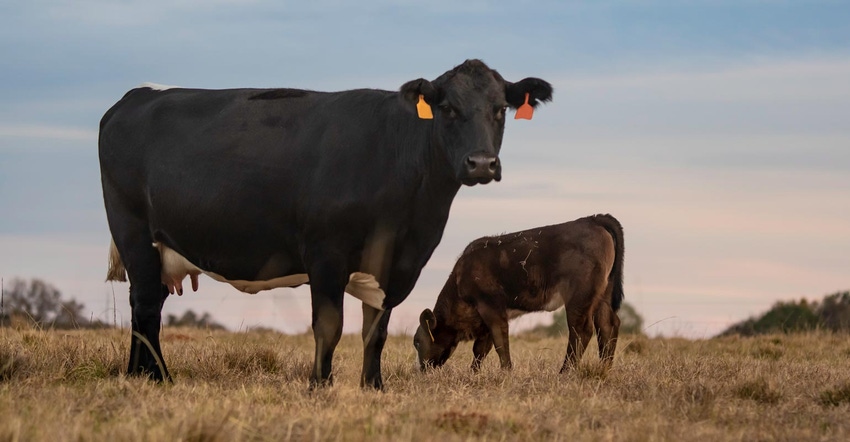October 6, 2020

There are several ways to bunch cow herd calving back into your preferred calving timeline. Synchronizing the herd can be done with either bull breeding programs or artificial insemination systems.
Another way would be to sell the cows that calved in the fourth and fifth 21-day interval and replace them with owned or purchased bred heifers or bred cows.
Each of the methods has its pros and cons, as well as associated costs. Options to consider are:
Move cows up to the first, second or third interval. By moving the cows back up into their regular calving interval or shortening the calving season, you can take advantage of heavier, more uniform sets of calves going to market.
Synchronization costs need to be well thought out. Labor is a major component. Synchronization protocols require a wide variety of labor, depending on the protocol chosen. Either with time-breeding or heat detection, labor is needed to watch and sort cows. If a large number of cows are moved toward the front end of the calving season, labor requirements during calving may also need to be part of the analysis.
Feed availability and the feeding system situation should be considered, too. Cows in the last trimester of gestation have higher nutrient requirements than those in the second trimester. If these cows are receiving the same diet, there may be feed advantages to front-loading the calving season, as the herd is better utilizing the feed costs.
It is also important to consider available bunk space for late gestation and early lactation cows. As more cows are added to these groups, adequate feeding space is required to ensure all cows have access and maintain milk quantity and quality.
Sell fourth- and fifth-interval calvers. It may be that the cow herd is too large for the resources of the operation. By selling late-calving cows, the operation’s resources may be better utilized by the remaining herd. Selling these cows provides cash flow. This influx of income may allow for synchronization, more or better minerals, or more timely payment of bills or loans that are due. This method would need to factor in the change in income from the cows sold compared to the expected value of their calves traditionally sold in the fall.
Also, a long-term analysis should consider the change in inputs needed (feed, labor, bull power and other expenses) and income generated from fewer calf sales.
This option could also be tweaked. The fourth- and fifth-interval calvers could be calved out and then early weaned. From that point, the cows could be sold as soon as they have had time to dry up, fed and marketed as higher grading weigh-ups, or synchronized for a fall calving herd. These options require evaluation and cash flow analysis as well.
Sell fourth- and fifth-interval calvers, and buy or grow replacements. With this option, the cash-flow analysis needs to be considered. Also, replacement costs and funding sources need to be considered. The income generated by the cow sales can do all of the things in sell-only option. Or it could be held to purchase replacements bred to calve within the desired timeline.
Holding funds is generally easier said than done on most operations. If repopulation is the goal, the funding of this decision needs to be part of the planning efforts. Additionally, herd health considerations need to be part of the decision-making process. Traditionally, closed herds should consider their ability to isolate new herd purchases and health protocols of the source herd to ensure different problems are not introduced into the herd.
Gessner is South Dakota State University Extension livestock business management field specialist.
Source: SDSU Extension, which is solely responsible for the information provided and is wholly owned by the source. Informa Business Media and all of its subsidiaries are not responsible for any of the content contained in this information asset.
You May Also Like




